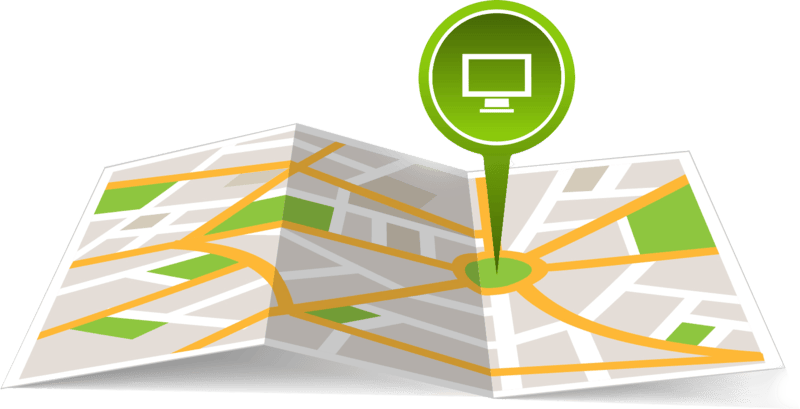What Is Local SEO? A Complete Guide for Small Businesses
In today’s competitive digital landscape, Local SEO (Search Engine Optimization) has become a game-changer for businesses targeting customers in specific geographic areas. Whether you’re a local bakery, dentist, plumber, or law firm, optimizing your online presence for local search can drive more foot traffic, calls, and conversions.
Local SEO involves enhancing your online presence to drive more business from relevant local searches on Google and other platforms, such as queries like “coffee shop near me,” “top dentist in [city],” or “24/7 locksmith in [area].
Unlike traditional SEO, which focuses on ranking globally or nationally, Local SEO targets users in a specific geographic region by leveraging strategies like Local keyword research, Google My Business optimization, and Local business listings.
How Does Local SEO Impact Your Business?
Google reports that 46% of searches are locally focused, meaning almost half of your potential customers are seeking nearby products and services. Here’s why local SEO is important:
- Higher Visibility: Appear in the coveted Google Local Pack and Maps.
- Increased Website Traffic: Get more relevant visits from people nearby.
- More Calls and Visits: Encourage users to call or visit your physical location.
- Boosted Trust: Strong online reviews build confidence and enhance your reputation.
Key Elements of Local SEO
To boost your local search rankings, prioritize these key strategies:
1. Google Business Profile Optimization
Set up and verify your Google Business Profile (previously Google My Business), ensuring consistent and accurate NAP (Name, Address, Phone Number) details. Include business hours, services, photos, and actively respond to online reviews.
2. Local Keywords
Use geo-targeted keywords like:
- “Best Italian restaurant in [city]”
- “Affordable AC repair in [area]”
Perform thorough local keyword research to discover your audience’s search terms, and seamlessly integrate these keywords into your website content, meta tags, and headings.
3. Online Reviews
Encourage satisfied customers to leave reviews on Google, Yelp, and other directories. Respond professionally to both positive and negative feedback to improve your reputation and local visibility.
4. Local Citations
List your business on trusted Local business listings and directories (e.g., Yelp, Yellow Pages, Bing Places). Make sure all listings have consistent NAP information.
5. Mobile Optimization
Ensure your website is fast, mobile-friendly, and easy to navigate, as most local searches happen on mobile devices.
6. Localized Content
Publish blogs, FAQs, or landing pages that address local events, news, or community services. This helps build topical authority and relevance for Local search rankings.
How to Track Local SEO Performance
Use tools like:
- Google Analytics – To monitor traffic origins and analyze user interactions.
- Google Search Console – To monitor Local keyword rankings.
- BrightLocal or Moz Local – For citation tracking and competitor analysis.
Final Thoughts
Local SEO isn’t a luxury, it’s a necessity for businesses targeting a specific community or geographic area. By focusing on Google My Business optimization, conducting in-depth Local keyword research, and maintaining accurate Local business listings, you can significantly improve your Local search rankings. Don’t underestimate the power of online reviews either—they can make or break your reputation and directly influence local visibility. With the right strategy, Local SEO can help you attract more qualified leads, grow your customer base, and establish your brand as a local authority.



